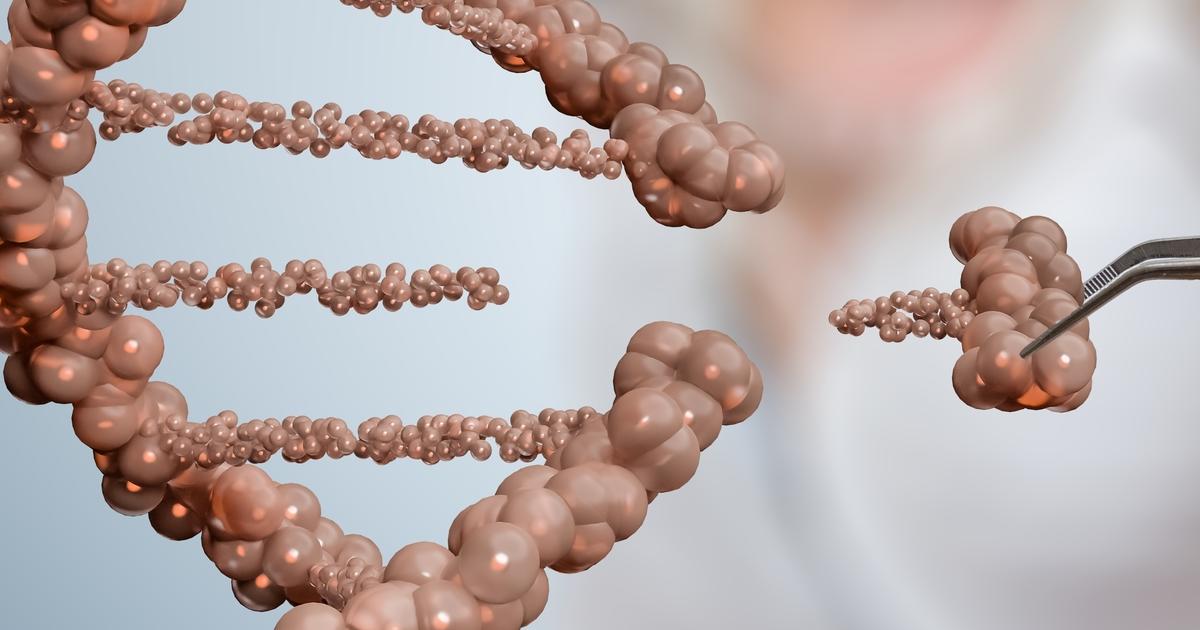Common Causes Of White Matter Disease
Aging, which no one can prevent from happening, has a profound effect on the body. One of the common problems with aging for many adults is a disease called white matter disease. It occurs when specific tissue in the brain begins to wear away. This is not just any tissue, though. This is the tissue found in the deepest and the largest part of the brain, and it can cause further health issues. This tissue plays an important role in the function of an individual's body. It’s the tissue in which information is sent from the brain to the spine, and it’s also the tissue that helps individuals think straight and walk in a straight line. When white matter disease is present, the tissue in that area of the brain blocks messages from getting to the rest of the brain. This causes issues with cognition and an individual's ability to walk. Here are some of the common causes of white matter disease.
High Low-Density Lipoprotein Cholesterol

High low-density lipoprotein (LDL) cholesterol is one of the leading causes of white matter disease. It’s one of the primary reasons individuals need to get their high cholesterol under control as quickly as possible. LDL cholesterol is often referred to as the bad cholesterol in the body, and high levels are detrimental to many aspects of an individual's overall health. One of the biggest problems this can cause is heart disease. If patients are living with high cholesterol, they must work to lower it as quickly as possible. One of the most common and the best ways to do this is to lose weight. Individuals must eat a healthy diet and live an active lifestyle to help lose weight in a healthy manner. Even small lifestyle changes can add up to big health results when made permanent.
Learn more about what causes white matter disease now.
Chronic Hypertension

Chronic hypertension is high blood pressure, and it’s dangerous to an individual's health. It’s also another leading cause of white matter disease. It’s considered chronic because it doesn’t drop and can also last a lifetime if individuals are unable to get it under control. Doctors will discuss different methods of controlling a patient's blood pressure, and it’s the patient's job to listen to their advice and make the appropriate lifestyle changes. A doctor might prescribe medication that helps lower blood pressure, or they may recommend making dietary and other lifestyle changes to lower pressure and promote better health. High blood pressure is also associated with high stress, so doctors might work with patients to make healthy lifestyle changes to lower their stress.
Understand more of the common causes of white matter disease now.
Diabetes

Diabetes, a dangerous disease, requires significant lifestyle changes and medical treatment for it to be adequately managed. When an individual's blood sugar levels are affected by this type of health problem, their life is on the line. When patients don’t manage diabetes, they increase their risk of many additional health problems. They’re also less likely to live a long and fulfilling life. No two patients live with the same diabetes issues either, so it’s important for them to work closely with their doctor to treat their disease. It’s not curable, but it is treatable and manageable. Patients will need to make healthy lifestyle changes, such as adding physical activity to their life and changing their diet to include healthier foods that are good for diabetes patients. Individuals will likely also require insulin to manage their diabetes. It helps patients to build a positive relationship with their doctor to help them manage their symptoms.
Get the details on more causes of white matter disease now.
Parkinson’s Disease

Parkinson’s disease is a chronic disease, while it, unfortunately, is not curable, it can be effectively treated, making it easier to manage. Many individuals who live with Parkinson's disease live long lives and can manage their everyday lives with ease. Others are not so fortunate if they don’t work with their doctors to manage their condition. Parkinson’s disease can cause the tissue in the patient's brain to break down, which can cause them to develop white matter disease. There is very little an individual can do to prevent this, but they can be proactive in treating their health issues. If individuals suspect they have Parkinson’s disease, they should call a doctor right away, as it requires specific tests to diagnose and extensive professional medical treatment.
Continue to discover more causes of white matter disease now.
History Of Strokes

When individuals suffer from strokes, their brain is affected on one side. It’s not common that a stroke will affect both sides at the same time. If a patient suffers from a stroke, one side of their body becomes immobile. For example, if they have a stroke on the left side of their brain, the right side of their body is affected. Since the brain is affected by strokes, it’s not unusual for the tissue in the brain to see some residual effects. If patients have a history of strokes, they will want to discuss their issues with their doctor to monitor their brain for any signs of white matter disease and to help treat it as quickly and effectively as possible, should it develop.
Read more on the causes and risk factors of white matter disease now.
Heart Disease

Heart disease may increase an individual's risk of developing white matter disease. Cardiovascular diseases are some of the most common conditions in adults throughout the United States, and heart disease is the country's biggest cause of death. One in four deaths in the United States are related to heart disease, and scientists have found correlations between cardiovascular health and brain health. Patients with heart disease are more likely to have brain problems like stroke and white matter disease. There are multiple different types of heart disease. One of the most common is coronary artery disease (CAD), which occurs when plaque builds up in the arteries of the heart, leading to narrowing and potential blockage.
Learn more about what can increase an individual's risk of developing white matter disease now.
Older Age

Individuals of an older age appear to be at a higher risk of developing white matter disease than those who are younger. In fact, since white matter disease is categorized as an age-related disease, it's rare for it to affect younger populations. Another factor adding to this is the progression of white matter disease. Many symptoms don't become noticeable until the disease is fairly advanced, which can take some time. The symptoms may also be subtle enough at first to be ignored. Age is the most common risk factor, and an individual's risk increases when they reach middle age, and becomes much higher as they get older.
Get more details on risk factors linked to white matter disease now.
Smoking

There are multiple studies indicating smoking can increase an individual's chance of developing white matter disease, especially as they get older. One reason for this may be that smoking greatly increases an individual's risk of developing heart disease, which in turn increases their chances of neurological issues. In one study, twenty-three percent of smokers had signs of white matter disease progression. Those who smoked more had a higher risk of developing the disease than those who smoked less. This means if an individual reduces the amount they smoke, even if they don't fully quit, they will lower their risk of developing white matter disease. With that said, the best way to avoid the many health risks associated with smoking is to stop smoking fully.
Continue reading to discover additional risk factors for white matter disease now.
Genetics

White matter disease is used to refer to a large group of illnesses that affect the white matter of the brain. In most individuals, these diseases are age-related and progressive. However, studies indicate some cases of white matter disease can be genetic. This is especially true with cases involving children. It's common for children to lack a diagnosis because medical professionals don't believe white matter disease can affect them. Researchers have found a gene mutation called GLIALCAM can cause one-fourth of cases of MLC, which is a rare type of white matter disease that affects the myelin around the brain. Myelin is responsible for protecting the nerves and brain tissue.